The Joy Of Port, Especially Vintage Port (With Tasting Notes)
by Ken Gargett
Recently, I looked at a range of wonderful champagnes enjoyed thanks to the generosity of friends – a joyful occasion. As a group of friends recently convened to enjoy a range of great Vintage Ports, it struck me that a look at the joy of Port was warranted.
A few points first.
Port comes in a multitude of styles. At its most basic, Port is wine that has had brandy/spirit added to it during fermentation. The alcohol stops the fermentation, killing the yeasts before they can finish their job, leaving the resulting wine sweeter and more alcoholic than if fermentation had concluded naturally.
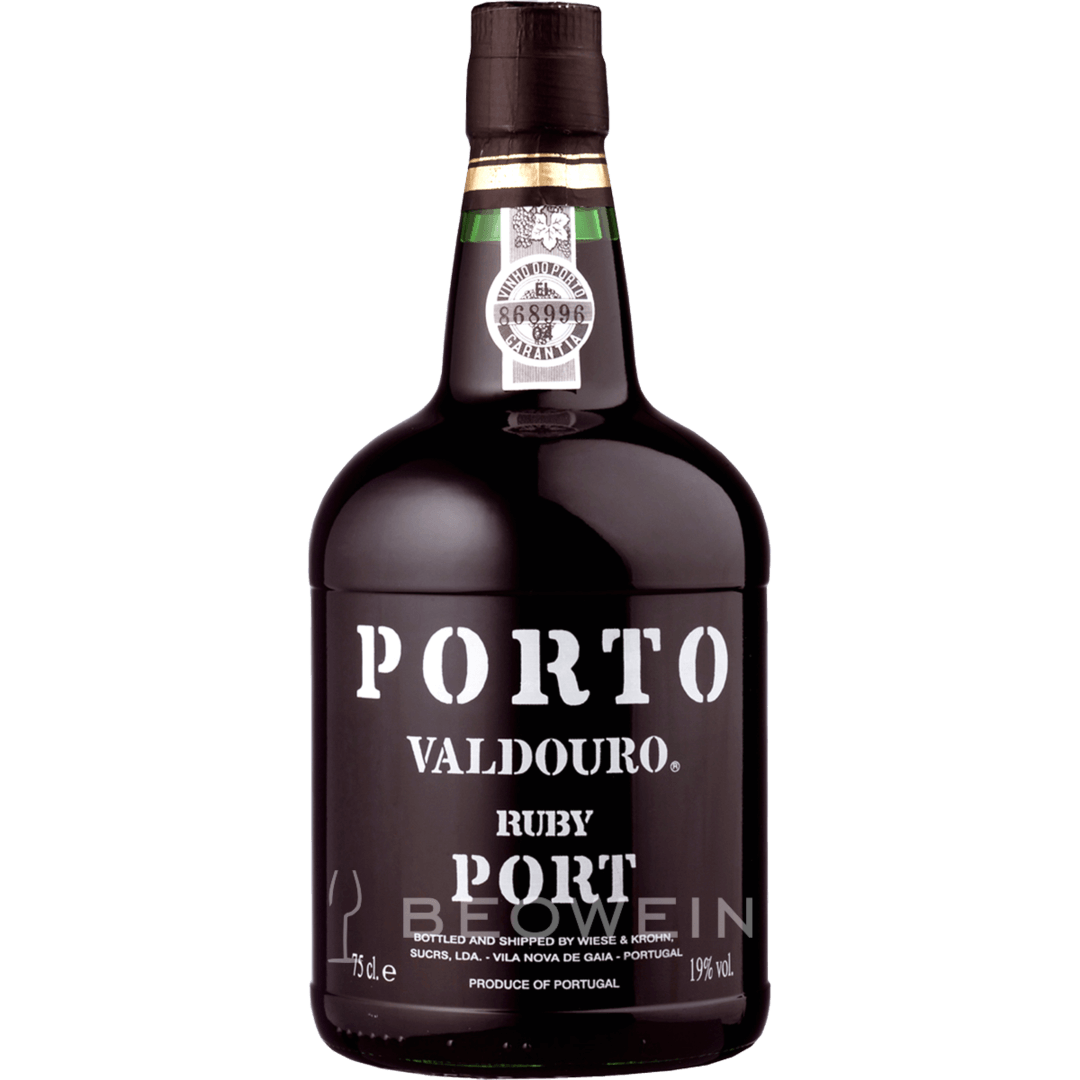
Relatively affordable young Ruby Port by Porto Valdouro
There is, of course, a wide array. The simplest style is Ruby: the fermented wine, which can be from a range of vintages, is aged in a variety of large format containers – barrels, cement vats, stainless steel tanks – for a short period, usually a year or two, before blending and bottling. If any category could be defined as “cheap and cheerful,” this is it. There are also Reserve Rubies, a slight step up.
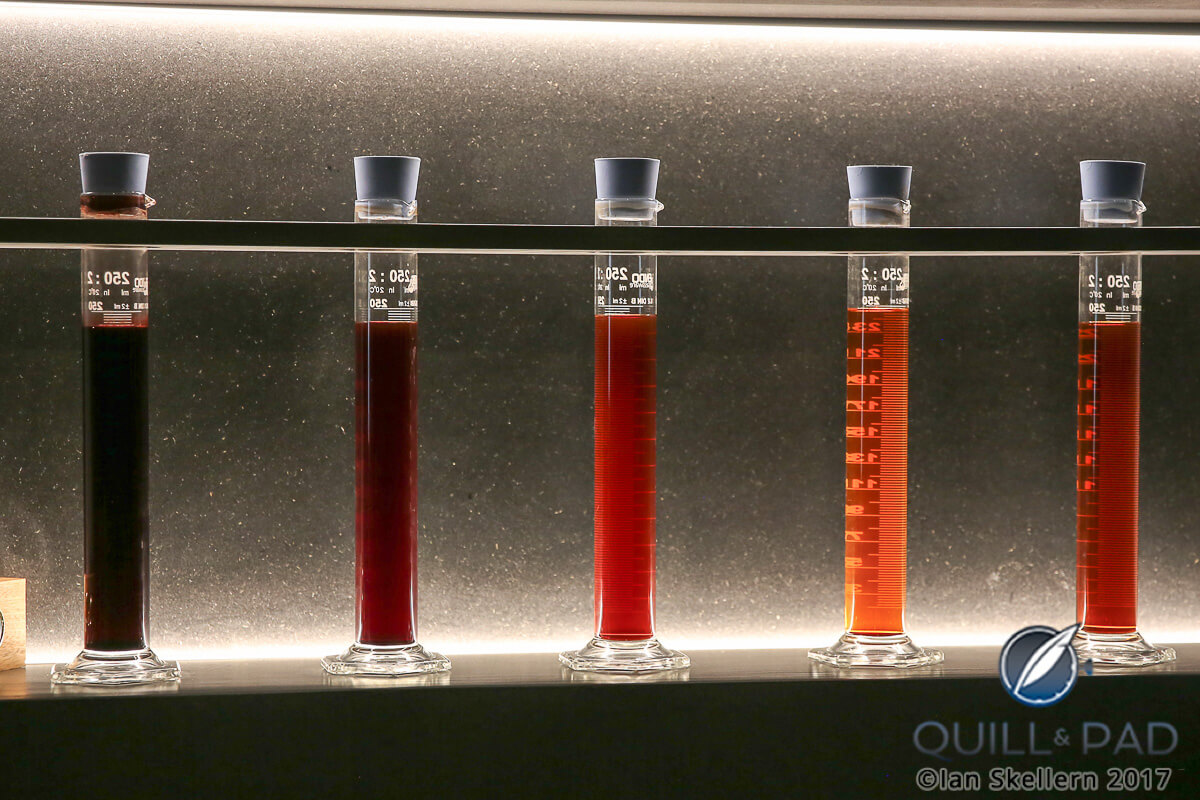
Tawny Ports: (left to right) 20-year-old red, 30-year-old red, 40-year-old red, 30-year-old white
We then move to one of the world’s great wines, Tawny Ports. The idea is that the wine spends a time in barrel and hence loses some of its color, becoming “tawny” in hue. After the length of time designated by the winemakers, the various wines are blended and include several vintages, giving the wines the requisite complexity.
Some may be relatively youthful; others venerable, even ancient. Some are non-age-statement wines, while others will be given a designation – say, “10 Years,” even up to “40 Years.” Tawnies will have a bottling date and not improve further from that time (unlike Vintage Ports, which can age and improve in bottle for decades). They will vary, of course, but expect a lovely rancio note, nuttiness, richness of flavor, gentle sweetness, balance, and length from the better examples.
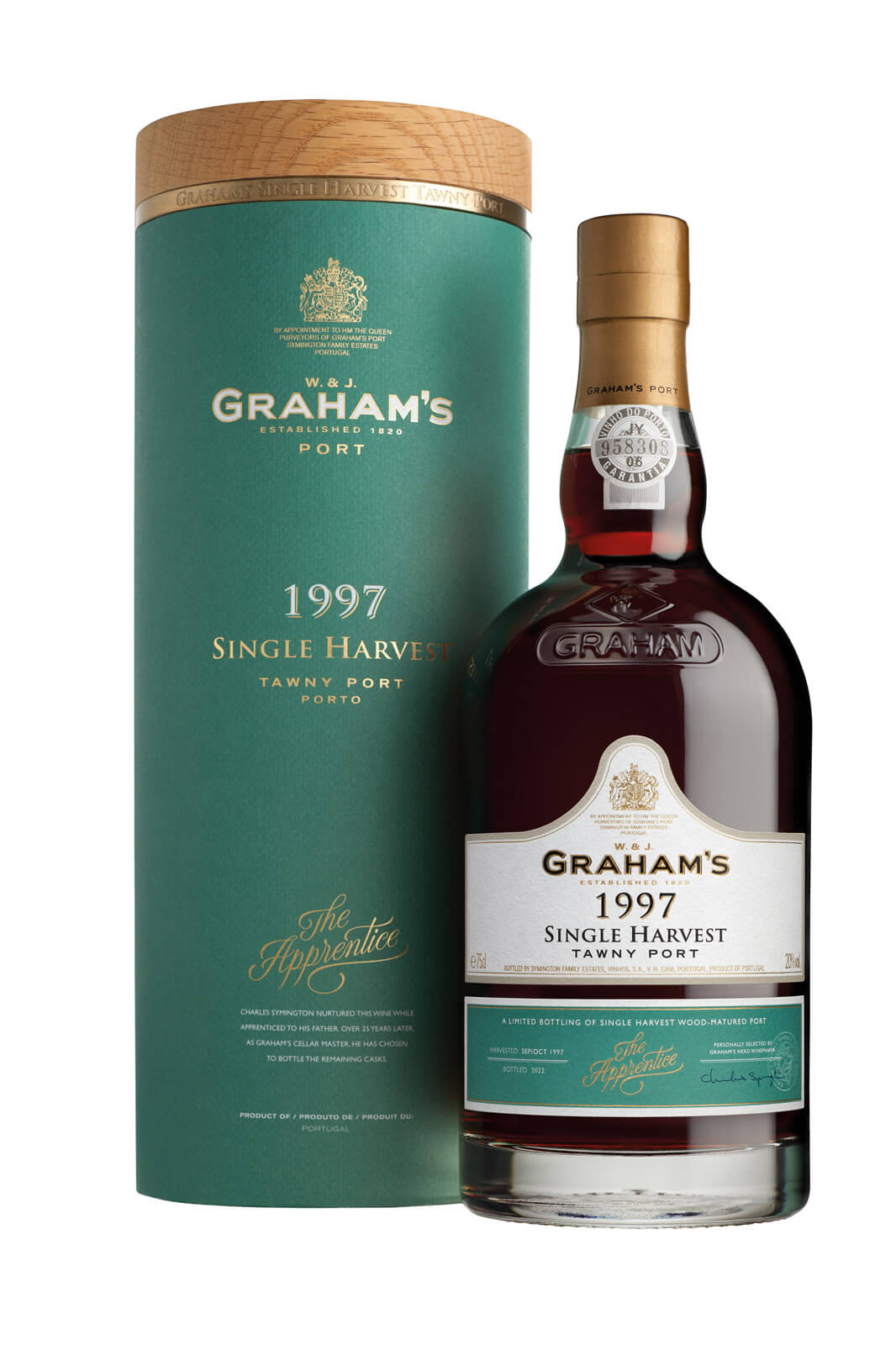
Graham’s 1997 Single Harvest Tawny ‘The Apprentice’
I recently looked at those wonderful Colheita ports from Graham’s. Colheitas are Tawny Ports but from a single vintage and they can be of seriously significant age. The oldest I have seen was from 1900, but others will be older.
There are Crusted Ports, though they do seem thin on the ground – basically where several youthful ports are blended without filtration. This is a simpler style designed to appeal to lovers of Vintage Port but at a much-reduced cost. White Port is a lighter style that receives a much shorter maceration, hence the color. Garrafeira is a single-vintage Port aged for at least seven years in glass demi-johns. This was really the domain of a single producer, Neipoort, but others are not restricted from their production. Again, describing them as thin on the ground might be kind.
King of the Port jungle: Vintage Port
Finally, the king of the Port jungle, Vintage Port. This is the pinnacle (certain Tawnies might be older and more expensive but if you want ultimate credibility, it will come down to your Vintage offerings). In the wash-up, Vintage Port consists of only around one percent of the entire Port market, but reputations rise and fall on this style. Wine from a single vintage is blended after around two years in barrel. These are only made in the best vintages. The best-quality grapes are used (a wide number of grapes are available for blending, though it is generally considered that the top five varieties are Touriga Nacional, Touriga Francesa, Tinta Barroca, Tinta Cao, and Tinta Roriz, the latter better known as Tempranillo).
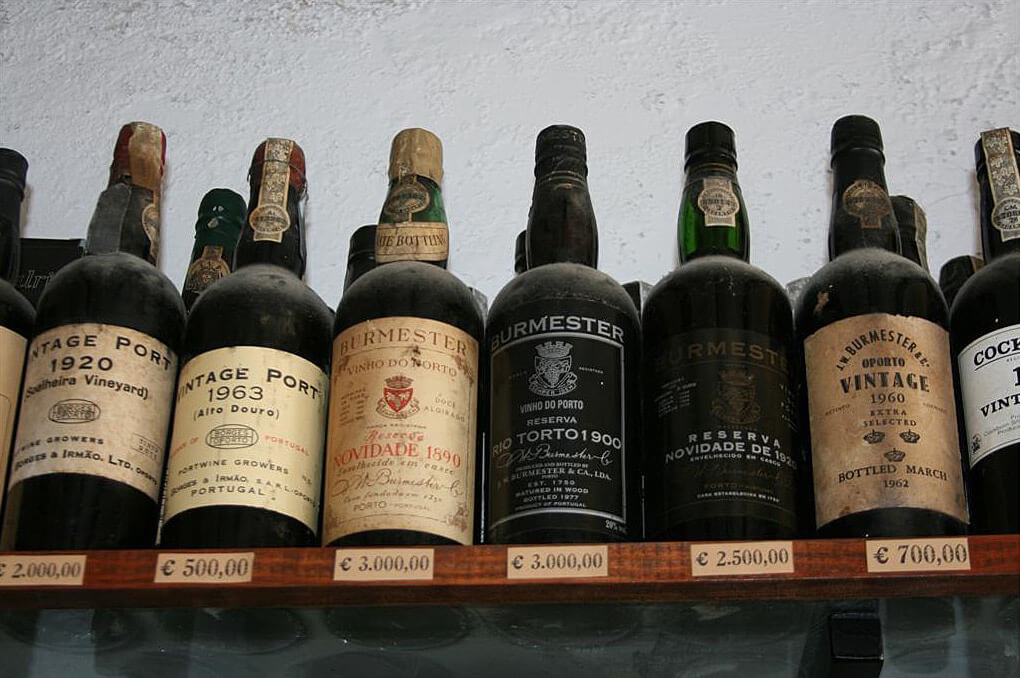
Well-aged Vintage Ports (photo courtesy Jared Greenhill/Wikipedia Commons)
History shows that on average houses usually only declare a vintage around three times a decade. That said, climate change and winemaking advances have seen more vintages declared in recent years than ever before. Two consecutive years was incredibly rare – the Symington family is one of the region’s most famous and important, owning such illustrious makers as Graham’s, Warre’s, Dow’s, Cockburn’s, and others, so when they declared both 2016 and 2017, it was huge news for Port aficionados. This made it the first back-to-back declarations since Andrew James Symington arrived in Porto in 1882.
Imagine, then, the fuss when most houses followed up by also declaring 2018. Others have been even more prolific. Quinta do Noval recently declared that 2020 would be released as a Vintage Port, making it an astonishing and unprecedented ten vintages in a row declared.
The wines are released to consumers after just a few years in barrel and bottle, meaning that they can be consumed young or that the wine lover will take on the responsibility for aging the wine further. For decades, anyone purchasing Vintage Port usually did so with the intention of cellaring it for a lengthy period, usually the best part of a couple of decades, before drinking. The wines can last for extraordinary periods of time.
These days, there is much written about how young Port is so much more approachable than it once was, and there are many who do enjoy that style. However, a long snooze in a good cellar will still reap rewards. It just depends on whether you have the patience (and the cellar). An alternative is generous friends with well-stocked and well-aged cellars.
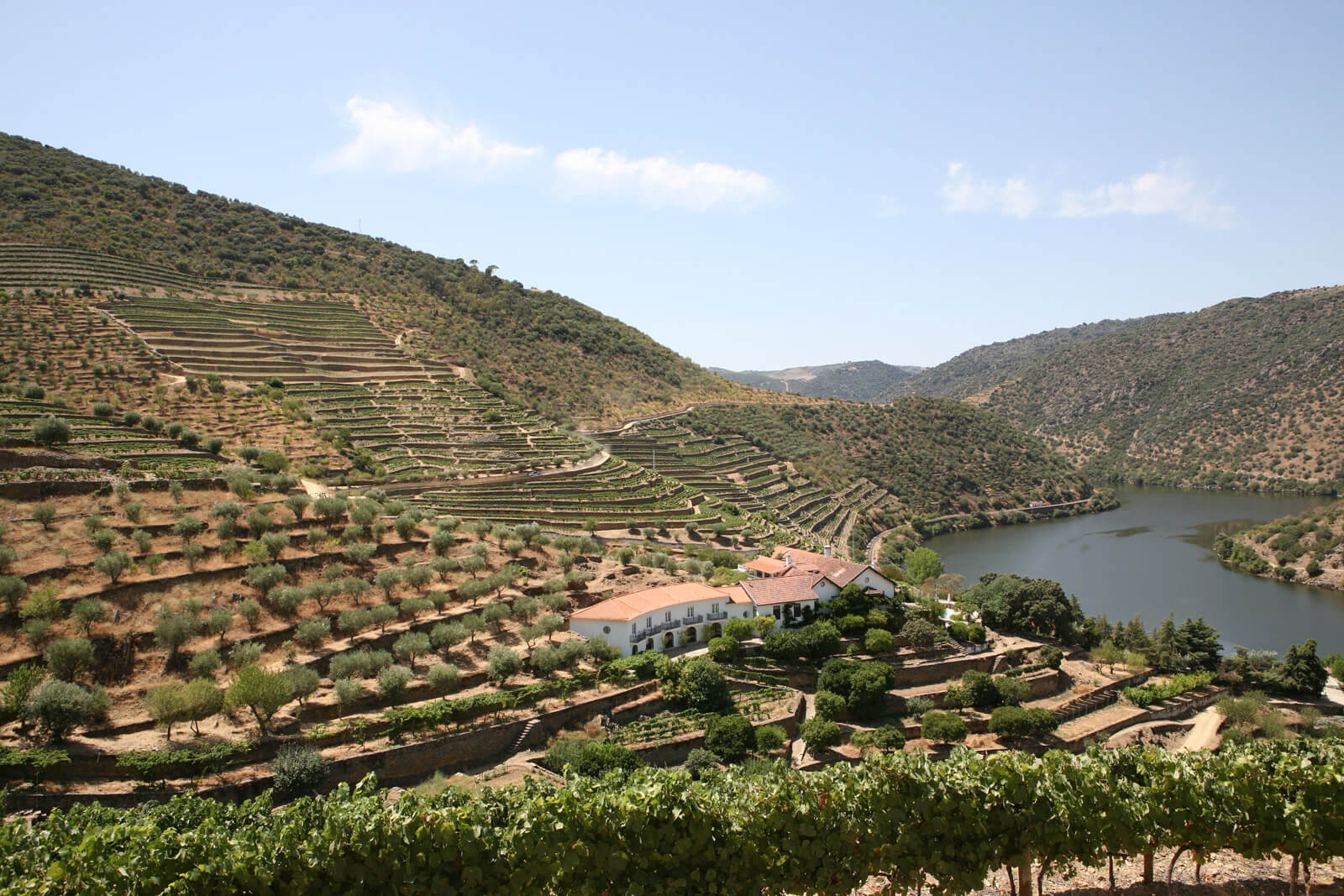
Taylor’s Quinta de Vargellas vineyards
Single Quinta Vintage Ports
We are not quite finished with our various styles. From Vintage Port, we then have what are known as Single Quinta Vintage Ports. These usually hail from a good, but not great, vintage in which a house will take the grapes from its best vineyard, or a section thereof, and make a Vintage Port. They can be superb, but they are not able to employ a range of vineyards to offer the complexity seen in the very best VPs.
Finally LBV, Late Bottled Vintages. These come from a single year. Instead of bottling after two years, the wine is left in barrel for around four to six years before bottling. The idea is to imbue the wine with some of that Vintage character at a much-reduced price. They usually come from lesser vintages, as otherwise the grapes are used for the house’s flagship Vintage Ports.
Anyone who has any interest in Vintage Port should make certain that they have a copy of J. D. A. Wiseman’s extraordinary Port Vintages – The Chronicle of Vintage Ports, from the Beginning. The second edition has just been released (the first is only a couple of years old and I’ll confess that at the moment I am still working with it). Either are a must. In fact, I can think of no sector of the wine industry with a book that stands out so far ahead of others looking at the subject. It is not cheap (£100), but it is definitely worth it.
Match it with Richard Mayson’s Port and the Douro from 2013 and you’ll have all the information you could ever hope to need.

The Douro river in northern Portugal
An interest in Port
I firmly believe that any serious cellar will be well-stocked with great Vintage Ports over a range of years. Unfortunately, not all agree. I have wine-loving friends who would not consider purchasing a VP. It simply does nothing for them. I think that they are missing out.
Port is special for me as it was what originally led to my love of and fascination with wine. Without recounting the full story, way back in the dim mists of time on a fishing trip out on the Great Barrier Reef, someone emerged with what they claimed was a top bottle of Port. My initial reaction was to avoid it like the proverbial plague, as the only ports I’d encountered were with mates at university at the time, and they might have been cheap but they definitely were not cheerful. I thought of those old clubs in London and the gentlemen enjoying port and cigars. Perhaps there were decent Ports.
I was blown away by this one. I have no idea what it was but I’d guess probably an acceptable commercial offering of the day, Penfolds Club or Yalumba Galway Pipe. After that, I started trying to learn all I could about the stuff and even buying a few, some Vintage Ports from Chateau Reynella in particular.
This raises another issue: the name “Port” comes from the city of Oporto (a must visit) in Portugal. This is where the Port houses have headquarters – well, technically across the Douro River in Vila Nova de Gaia, while the vineyards are up the River in the Douro Valley.
The days of any country usurping the name “Port” for their own fortifieds is long gone. Australia and other nations can still make wines in the style but must use other names. In Australia, you will see something like “Fortified Shiraz” on the label.
The gathering
Back to the future: friends gather for various lunches and this year we decided it was time for Vintage Port. There were few rules: a bottle of VP from a top producer and a great vintage from last century. As one so often encounters with wine, generosity abounds and a couple of friends who were not even able to make it kindly submitted some special bottles. So no real theme other than great VPs, but it provided a wonderful glimpse into what an extraordinary wine this is.
We kicked off with a trio from one of the great vintages of last century – 1963 – wines that are but a whisker from their sixtieth birthdays. A pair from the next great year, 1970, followed, an interesting year in that if one looks back at reports, it was considered promising but certainly not at the level it now sits.
Back then, there were even apparently discussions over whether it would top 1972 and/or 1975 (there were very few declarations from 1972, while 1975 may as well have disappeared without trace). For me, I love 1970. It has established itself as a great vintage, reminding me very much of 1988 in Champagne – originally under the radar, but now getting due recognition.
After that, a set of four from a year that was considered great from day one, 1977. Finally, a pair from the best year of the ’90s, 1994. Well, we did have a Quelltaler 1975 as well, but that was a local Port and more for interest and perspective.
Notes on the Ports and houses
Here are a few notes on the Ports and houses. Needless to say, full accounting would take a book, and for that, we have Wiseman’s magnum opus. For brief thoughts on the vintages, I have referred to Mayson’s book.
1963
The 1963 vintage was awarded five stars by Mayson and described as a “classic vintage . . . benchmark.” He notes the Dow’s as “superb” and the Noval as one of his “picks of the vintage.”
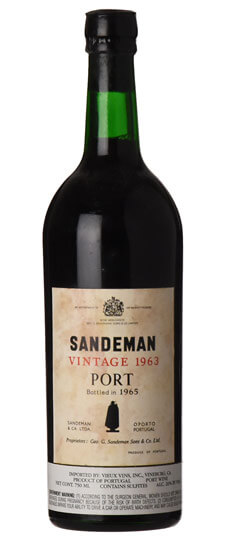
Sandeman 1963 vintage port
Sandeman – In many respects, Sandeman is probably the least likely inclusion in this list. These days, many think it second tier at best. Originally founded way back in 1790 by George Sandeman when just 25, operations were out of London for nearly a century before the move to Vila Nova de Gaia (which is basically the area across the Douro River from Oporto where the Port houses are located and now very much a tourist destination). The reason for the reputation suffering is largely linked to the purchase of the company in the 1980s by Seagram, but it was sold on to Sogrape early this century and things are on the improve. The 1963 is usually considered as one of Sandeman’s greatest VPs.
The wine on the day was astonishing, surely right at peak. Amazing color, a bright if slightly pale garnet. Delightfully fragrant with a perfumed licorice note, white chocolate, hints of mocha. Immaculately balanced and with extraordinary length. I would not be holding on to this. It is absolutely at peak now. 98.
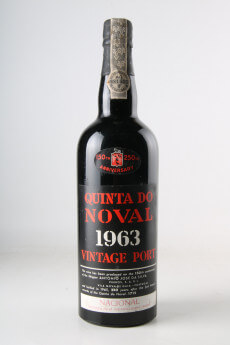
Quinta do Noval 1963 vintage port
Quinta do Noval – This house (the first I ever visited many years ago when in Oporto on a cricket tour) has been around since at least 1715 (more accurately, the name first appears back then in property records – the first Ports seem to have emerged around a century later).
Since 1993, it has been part of the AXA Millésimes empire, which has revived its fortunes – it too was considered to have dipped a little in the ’70s and ’80s. Certainly, the finest Vintage Port I have ever been privileged to try came from this house, the legendary 1931. As well as the “standard” VP, Quinta do Noval has on occasion a tiny release of its Nacional VP from a patch of ungrafted vines. It is extremely rare (and expensive). Good examples are stupendous, though I remain to be convinced that all releases are at that level.
Over the years, I suspect I have tasted more 1963 Noval than any other ’63 and this was one of the best bottles I have had in a very long time. Ripe and slightly fleshy with spices, dry herbs and mild cocoa powder. Power, balance, and excellent length. On this evidence, there is still time ahead for this wine. 97.
Dow’s – One of the greatest of all producers, the business dates back to the late eighteenth century, though it would only become Dow’s many years later and after various mergers, marriages, and acquisitions. It fell into Symington hands in 1961. The style is always seen as toward the drier end of the spectrum.
This bottle needed time to allow a few curious aromas to blow off, but once that happened it was fireworks in a glass. Great finesse, spices and chocolate notes, there is a knife-edge balance and serious length. Still some time ahead though be careful to allow it the chance to free itself from early aromas. A good decanting is warranted. 97.
1970
Mayson again gives this vintage five stars and describes it as offering “classic, tight-knit wines with a long future.” He notes that this vintage was downplayed in the early days and is only now “being judged in its true light.” He calls the Graham’s a wine that deserves to be “ranked among the century’s greats” and the Taylor’s as “also very good.”
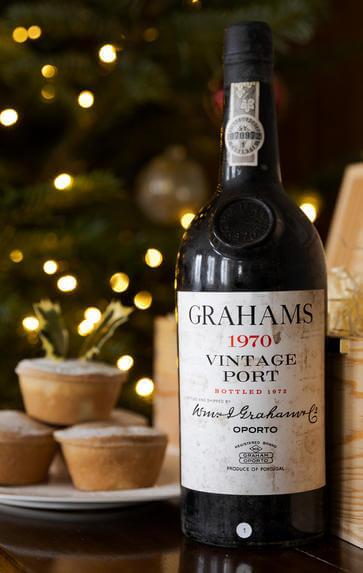
Grahams 1970 vintage port
Graham’s– Another of the Symington stable, whether you prefer Dow’s or Graham’s will simply come down to personal preference – better yet, fine to love both. Graham’s is another of the world’s great wine producers, founded by the Graham brothers in 1820 and becoming part of Symington in 1970. Fruit from the famed Quinta dos Malvedos is used in its best VPs. In lesser years, it will be released as a single quinta Port.
A stunning Port. Rich, ripe, and opulent with power, balance, and length. Seems to linger forever. Great complexity here. This is a wonderful Port and still has years ahead of it. 97.
Taylor’s – In any discussion of the greatest Port houses, Taylor’s will feature prominently. At this level, personal preference rules, but this house has made many of the truly great VPs ever seen. Founded back in 1692, it is now part of what is known as the Fladgate Partnership (the full name of Taylor’s is Taylor, Fladgate, and Yeatman), which also includes Fonseca. Its leading single quinta is Quinta de Vargellas, and among the elite releases of Single Quinta Vintage Port is the Quinta de Vargellas Vinha Velha, which comes from a tiny plot of old vines in that Quinta.
My experience is that these are incredible Ports but they are undoubtedly for the long haul. Made since 1995, it is nearly impossible to imagine that any human alive today will still be around when some of these releases reach their peak. Extraordinary stuff.
This has long been a personal favorite and this bottle simply confirmed that. Extraordinary Port. Coiled power, focus, and drive. Spices, chocolate, licorice, and leather. Those chocolate and licorice notes especially going the length. Hard to imagine, but surely still has 20 to 30 years ahead of it. 98.
1977
The 1977 is the only vintage that appeared on the day that received a four-star rating, not five (personally, I think that is a little harsh). Mayson notes that they were “ripe, concentrated wines at the outset,” but concedes that development has been faster than expected for some of the wines. He does not see them matching the best from 1963 (or even ’66) and not having the staying power of the 1970s. Taylor’s and Fonseca are two of his three “picks of the vintage,” while he describes both the Dow’s and the Warre’s as “extremely good.”
Taylors– Has always been a superb bottle for me, though this one seemed as though it was peaking today (which is not to say that it won’t easily last another two decades in a good cellar). Fragrant with coffee bean, aniseed, spices, and florals. Hints of glacé orange. Lovely now. 95.
Warre’s – Trading since 1690 and known as Warre since 1729, Andrew James Symington became a partner in 1905 and sole owner in 1908. The Warre family ran the London end of operations until 1961. It is believed that William Warre was the first to buy land in Vila Nova de Gaia to establish a lodge to store his wines.
Sadly, this was corked. It was not my bottle, but I was very disappointed as it was the first VP I ever bought and there are still a few somewhere in the depths of the cellar. Soon.
Fonseca – Part of the Fladgate Partnership, this is another legendary house. Founded in 1815, it was operated by the Guimaraens family and subsequently Dick Yeatman. David Guimaraens now makes the Ports for both Fonseca and Taylors. This is spectacular stuff. A famous bottle and drinking to reputation. Dried herbs and spices, red fruits, and mocha hints intertwine. Great length. Ready for drinking now. 97.
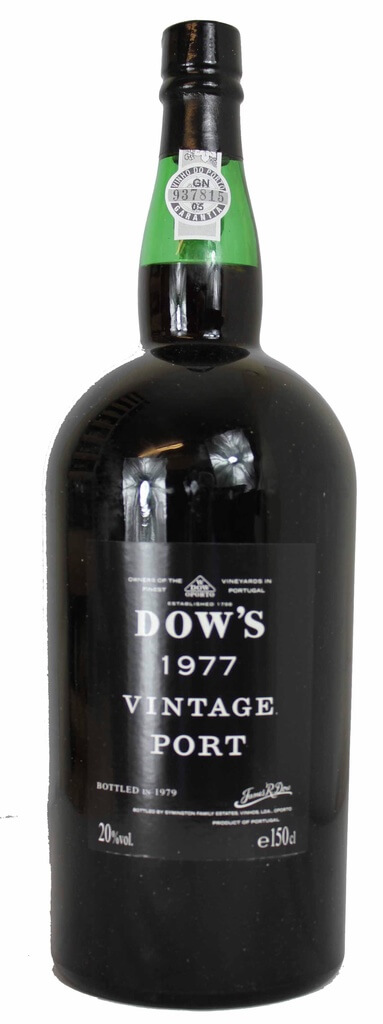
Dow’s 1977 vintage port
Dow’s – Put simply, this was my wine of the day, and I was far from alone in thinking that. Florals, violets, chocolate, and coffee beans, this is concentrated and yet seems to retain a degree of elegance, if that is possible. Serious intensity for the full length here. And such length! On this evidence, at least 10 to 20 years ahead of it. A wonderful Port. 98+.
1994
Another five-star vintage from Mayson, which offered “outstanding wines.” Both the Grahams and Noval are among his “picks of the vintage.”
Quinta do Noval– Plush, dense, fragrant, this offers licorice notes, cassis, black fruits, and more. Very powerful with those black fruits going the full journey. On the day, this seemed as though it could easily go another 100 years (okay, I may have exaggerated a touch with that, but it is not as though anyone will be around to contradict it). 97.
Grahams – A beautiful Port with cocoa powder notes, chocolate, florals, and black fruits. Power, complexity, and serious length, this needs many years to peak. 96
You may also enjoy:
Port Vintage 2016: One Of The Most Declared Vintages Of All Time, A Sensational Year
Graham’s Single Harvest Tawny Port Wines In The Cellar Master’s Trilogy
Taylor’s Trio Of New Vintage Ports: There Will Be Comparative Tastings For Decades To Come
100-Year-Old Seppeltsfield Para Vintage Tawny 1918 Port: Truly Extraordinary
Leave a Reply
Want to join the discussion?Feel free to contribute!



Fascinating read as always, Ken.
Thank you.
Hi Greg. Appreciate the thoughts.